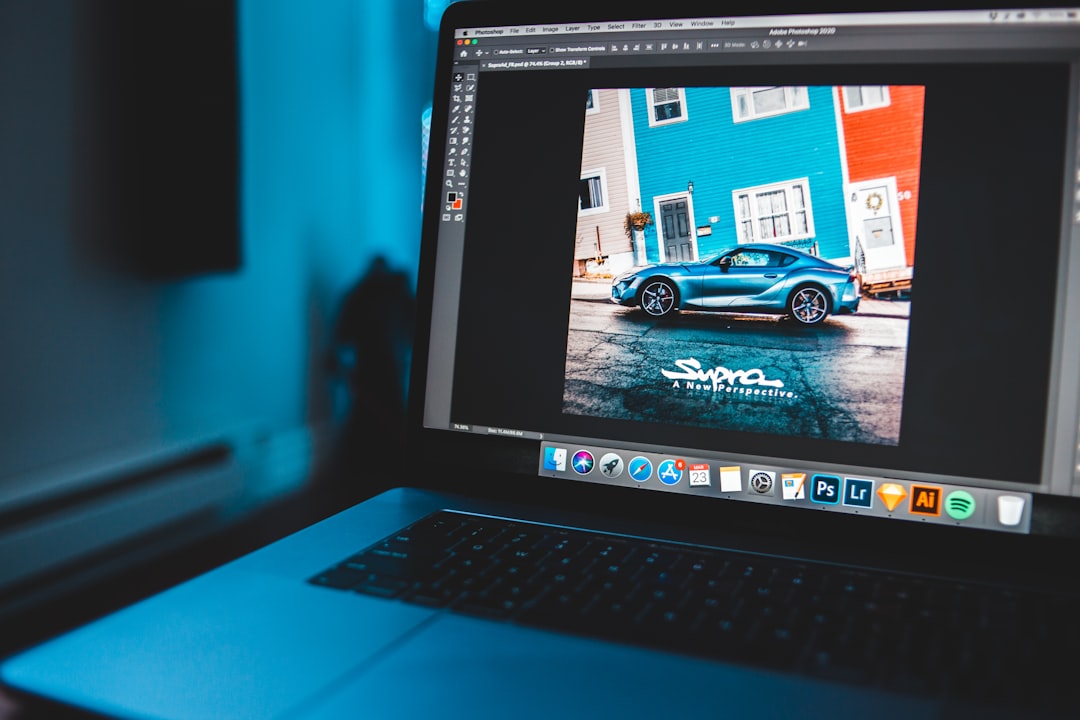Web designers, developers, and website administrators alike may have recently encountered a curious issue: WebP image thumbnails appearing as blank. As website performance optimization increasingly relies on formats like WebP for faster loading and better compression, this specific problem is both perplexing and frustrating. Whether due to updates, plugin conflicts, or server settings, the question remains—should you regenerate your thumbnails or roll back to previous settings?
TL;DR
WebP thumbnails showing up blank may stem from plugin glitches, unsupported server configurations, or recent CMS updates. You can either regenerate your thumbnails using tools or plugins designed for this purpose or roll back to previously working configurations and plugin versions. In many situations, regeneration solves compatibility and cache issues efficiently. However, if the problem recurs, rolling back until a reliable fix is published might be a safer long-term strategy.
Understanding WebP and Its Role in Modern Web Design
WebP is an image format developed by Google that provides superior compression compared to JPEG and PNG formats while maintaining quality. Due to its efficiency, WebP has become increasingly popular for reducing page load times and improving user experience.
- Smaller file sizes without significant quality loss
- Supports transparency like PNG
- Preferred format by popular CMS platforms including WordPress
Yet, despite its benefits, managing WebP images comes with its share of technical caveats—especially when it comes to generating and displaying thumbnails.
Symptoms: Identifying the WebP Thumbnail Issue
When things go wrong, it might look as simple as a blank thumbnail preview in your media library or a broken image icon on front-end pages. Common symptoms include:
- Media library thumbnails displaying white or blank images
- Featured images not rendering on posts using WebP format
- Developer tools showing 404 errors for generated WebP thumbnails
These issues could stem from any number of causes, from faulty plugin behavior to misconfigured hosting environments.
Potential Causes Behind Blank WebP Thumbnails
To decide whether to regenerate thumbnails or roll back, it’s critical to first understand why the issue is occurring in the first place. Here are the most common culprits:
- Plugin Conflicts: Updates to image optimization plugins might introduce bugs or break compatibility.
- Server Settings: Not all servers are configured to properly handle WebP MIME types.
- CMS Updates: Platforms like WordPress frequently update how they handle media files.
- Cache Interference: Caching plugins or CDNs might fail to cache WebP images properly or cache older broken thumbnails.
If your thumbnails suddenly went blank after a recent plugin or CMS update, the cause could very well be a compatibility issue.

Solution 1: Regenerating WebP Thumbnails
Regenerating thumbnails is often the first and most practical solution. By doing this, you force the CMS—like WordPress—to recreate the thumbnails in the current configuration.
How to Regenerate Thumbnails:
- Install a plugin like Regenerate Thumbnails or Enable Media Replace.
- Go to your Media Library and select the option to regenerate WebP formats.
- Clear your site cache along with browser cache and reload.
This method helps ensure the newly generated thumbnails follow the updated formats and settings, potentially fixing corruption or format errors.
However, if the root issue lies deeper—within the plugin or server setup—it might just be a temporary fix.
Solution 2: Rolling Back Plugins or CMS Versions
If regenerating thumbnails does not solve the problem, rolling back may be necessary—especially if the issue started after a system update. This is a viable option for those who value stability over cutting-edge features.
Steps to Roll Back:
- Determine the latest stable version that didn’t cause the thumbnail issue.
- Use a plugin like WP Rollback to revert to a previous plugin or theme version.
- Alternatively, restore from a complete backup using your hosting provider’s recovery options.
While this method risks exposing your site to older bugs or security holes, it can restore functionality while developers work on a permanent fix for the most recent release.
Image not found in postmeta
Preventive Measures: Avoiding Future Issues
To protect your site from similar issues in the future, follow these best practices:
- Test updates in a staging environment before rolling them out to a live site.
- Use reliable plugins with good support and regular updates.
- Backup your site regularly, especially before major updates.
- Enable logging to identify errors in video or image rendering.
Additionally, keep track of plugin changelogs and developer forums for early warnings on WebP-related conflicts.
When to Seek Professional Help
If you can’t resolve WebP thumbnail issues on your own, it may be time to consult a professional. Particularly when server configurations or custom content delivery networks (CDNs) are involved, deeper technical insights may be required.
Indicators that you may need help:
- Persistent blank thumbnails across multiple formats
- Errors pointing to MIME types or file permissions
- Multiple plugin rollbacks without resolution
Website developers, server administrators, or even support forums can often provide solutions tailored to your specific tech stack.
Conclusion
Blank WebP thumbnails are more than a cosmetic problem—they can affect site performance and user trust. Choosing between regenerating thumbnails and rolling back a CMS or plugin version is not always straightforward. For many, regeneration is sufficient and relatively safe. But where updates introduce deeper compatibility issues, a rollback may serve as the best temporary fix while waiting for official updates. In either case, understanding the underlying cause is critical for a long-term, stable solution.
FAQ: WebP Thumbnails Blank
- Q: What causes blank WebP thumbnails?
A: They can result from plugin conflicts, updates to CMS platforms, server misconfigurations, or cache problems. - Q: Will regenerating thumbnails delete my media files?
A: No, regenerating only recreates the thumbnail versions; your original media files remain untouched. - Q: What plugin is best for regenerating thumbnails?
A: “Regenerate Thumbnails” is a popular and widely trusted plugin in the WordPress ecosystem. - Q: Is it safe to roll back a plugin?
A: Yes, but it should be done carefully, ideally on a staging site first, and only if you have a backup. - Q: Are WebP images supported by all browsers?
A: Most modern browsers like Chrome, Edge, and Firefox support WebP, but compatibility issues may still arise in niche setups.
